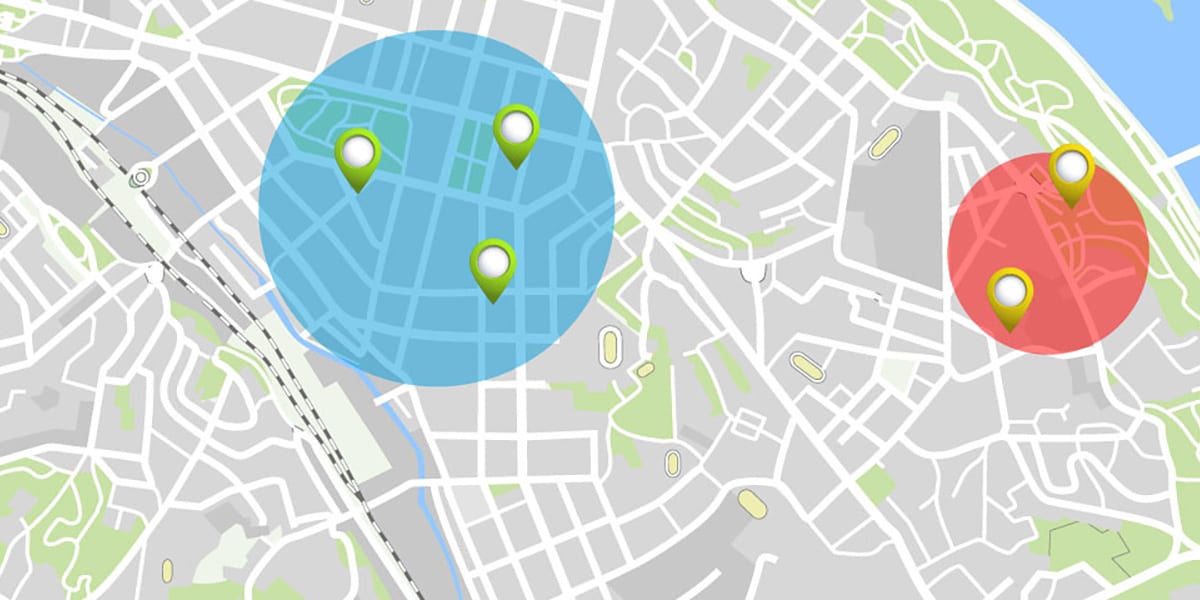If you’re advertising your new development or community, you’ve likely heard the terms “geofencing” and “geotargeting” as ways to reach potential home buyers in your area. However, these two words are commonly mistaken for one another, despite the fact that they have very specific differences. Knowing the differences between the two will help you choose the right strategy for your campaign.
What is Geofencing?
Location, location, location: that’s what geofencing is all about. Geofencing refers to building a virtual radius around a specific location (most likely your development or community) and targeting individuals who enter that location with ads promoting your project. For example, you may want to show ads for your homes when your target audience physically enters a 2-mile radius around the community’s location.
Geofencing is great when you want to encourage individuals who are close by to come visit your homes or give them a sense of how close you are to places they already frequent.
Ok, Then What Is Geotargeting?
While geofencing focuses on people who are near you, geotargeting focuses on targeting individuals where they are located.
Geotargeting refers to delivering ads to individuals who are located in specific areas, no matter where that is in relation to your development or community. For example, if you have a new community in Washington DC, and want to target individuals in Alexandria or Bethesda, then you can deliver ads specifically to people located in those cities.
Geotargeting allows more precise advertising targeting and works great when you know your prospective audience would be interested in moving from a specific area.
Which One Works Best For You?
A combination of both geofencing and geotargeting can create a very powerful advertising campaign. However, if you do not have the budget for both, then which one you choose really depends on the specifics of your community and development.
If you’re still unsure which one would work best for you,
reach out to us today and we’ll be happy to discuss your campaign and find a solution that will drive the most people to your project.

